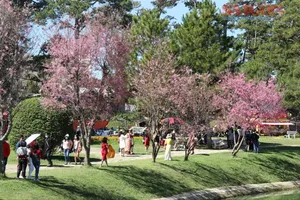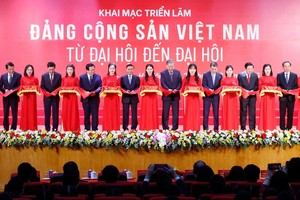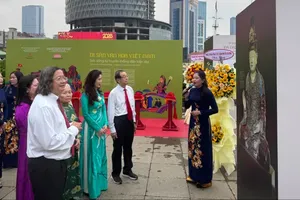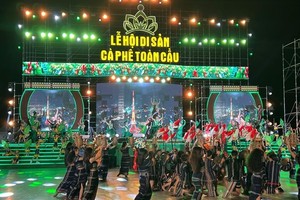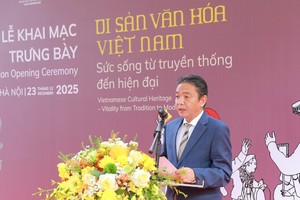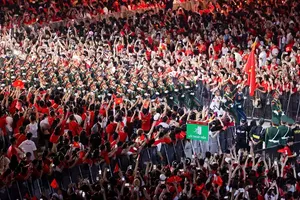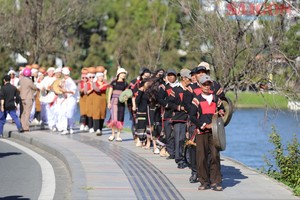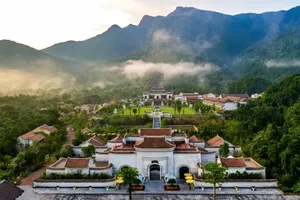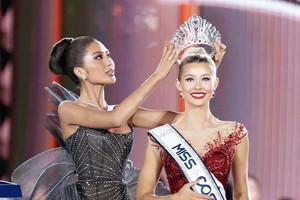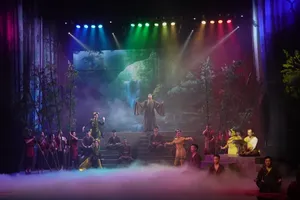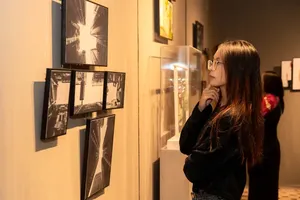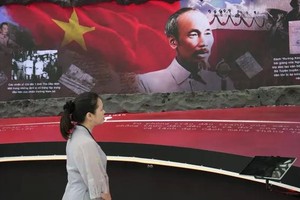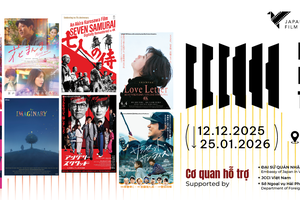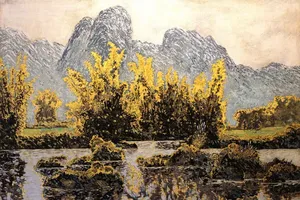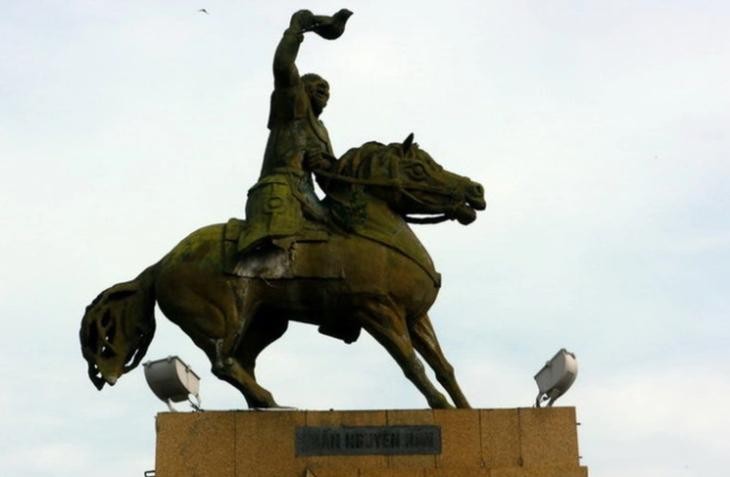
After the completion of the restoration works, the statue will be handed over to District 6 for display at the proposed location of the district.
The HCMC People's Committee will give direction for the proposal on the restoration of the statue of General Tran Nguyen Han, the handover of it to the Management Board of the National Historical and Cultural Park for preservation and conservation, and making a mold to create a copy of the statue in the negative to serve the casting of a new one.
The Department of Culture and Sports of the city is responsible for coordinating with relevant units to implement the restoration of the statues of King Le Loi and General Tran Nguyen Han in accordance with regulations.
The municipal Department of Finance will review the budget and advise the HCMC People's Committee to issue the decision.
After completing the restoration works, the statue of King Le Loi will be handed over to District 6 for display at the proposed location of the district in harmony with the landscape architecture.
The statue of General Tran Nguyen Han will be given to the Management Board of the National Historical and Cultural Park for preservation and conservation.
Tran Nguyen Han was a talented general, serving King Le Loi. He joined the Lam Son Uprising against the Chinese Ming forces and was victorious in many battles.
National hero Le Loi, posthumously known by his temple name Le Thai To - the founder of the Le so Dynasty (1428 – 1527), had made outstanding contributions to building and protecting the country. He launched the Lam Son Uprising in 1418 and it came to success in 1427, after 10 years of countless hardships and many resounding victories, forcing the Ming invaders to retreat.
On the 15th day of the fourth lunar month in 1428, Le Loi came to the throne under the name Thuan Thien at Kinh Thien Palace in Dong Quan Fortress (now Hanoi) and renamed the country Dai Viet, a name used to exist from 1054 to 1400.
